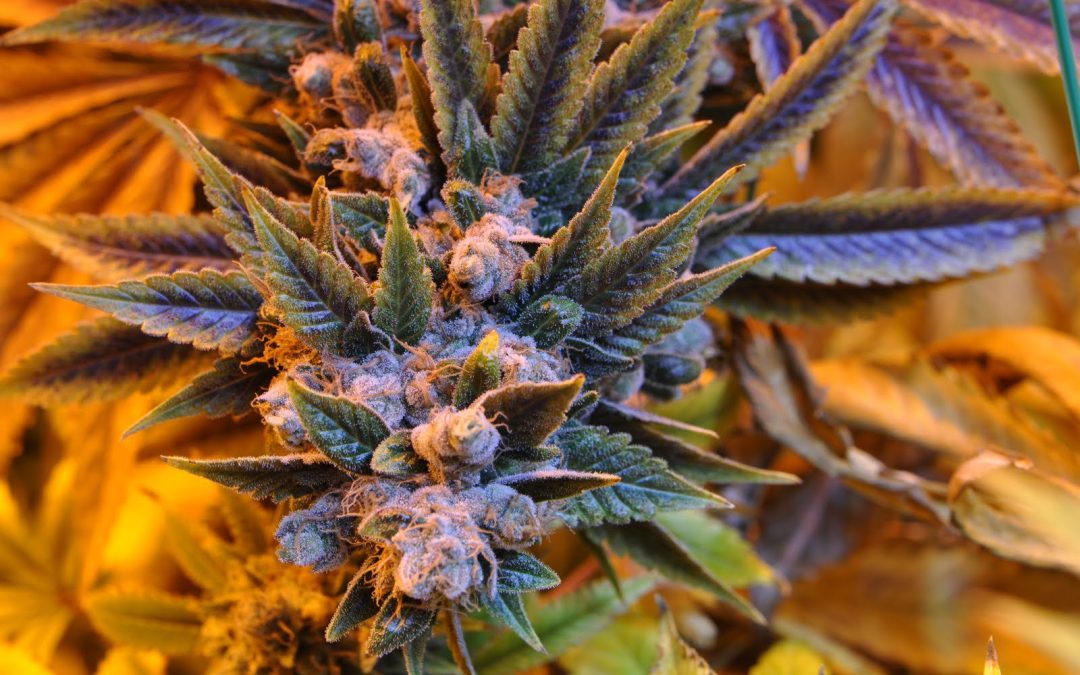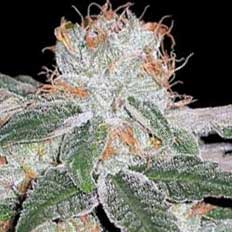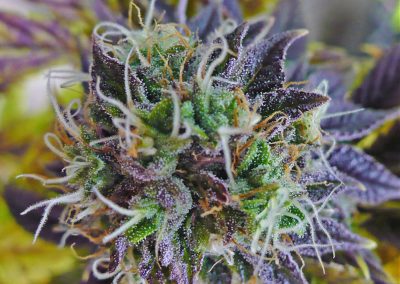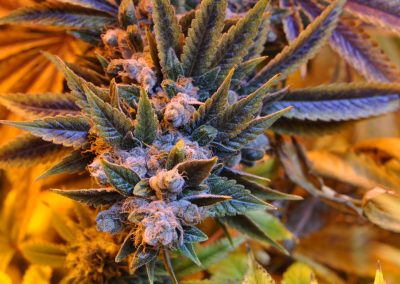Understanding the Difference Between Autoflower and Photoperiod Cannabis Strains
In the realm of cannabis cultivation, two main categories of strains dominate the landscape: autoflowering (auto) and photoperiod. Each type has its unique characteristics, cultivation requirements, and genetic origins. Understanding the differences between these two types of cannabis strains is crucial for both novice and experienced growers alike. In this article, we delve into the distinctions between autoflower and photoperiod strains, their evolutionary paths, and the genetics behind each strain.
Autoflower Cannabis Strains:
Autoflowering cannabis strains, as the name suggests, flower automatically, independent of light cycles. This means they do not rely on changes in light duration to initiate the flowering phase. Instead, autoflowers begin flowering based on age and reach maturity relatively quickly compared to photoperiod strains.
Evolution and Genetics: The genetics of autoflowering strains trace back to Cannabis ruderalis, a subspecies of Cannabis originating from regions with short growing seasons and harsh climates, such as Russia and Central Asia. Cannabis ruderalis developed the ability to flower based on age rather than light conditions as an adaptation to survive in these environments. Through selective breeding and hybridization, breeders incorporated the autoflowering trait of ruderalis into cannabis varieties with desired cannabinoid profiles, flavors, and effects, creating the diverse range of auto strains available today.
Characteristics: Autoflowering strains typically have a shorter life cycle, ranging from 8 to 12 weeks from seed to harvest, making them ideal for growers seeking a faster turnaround. They are also relatively compact in size, making them suitable for indoor and stealth outdoor cultivation. Autoflowers are favored by growers who value convenience and those cultivating in regions with unpredictable climates or limited space.
Photoperiod Cannabis Strains:
Photoperiod cannabis strains require changes in light duration to trigger the flowering phase. They rely on a specific light cycle—usually 12 hours of light followed by 12 hours of darkness—to initiate flowering. Photoperiod strains are sensitive to light interruptions during the flowering stage, as any disruption can delay or halt bud development.
Evolution and Genetics: The genetics of photoperiod cannabis strains primarily stem from Cannabis sativa and Cannabis indica, the two main subspecies of Cannabis. Sativa strains originate from equatorial regions with longer growing seasons and abundant sunlight, while indica strains are indigenous to mountainous regions with shorter seasons. Over centuries, human selection and breeding efforts have shaped photoperiod strains for various traits such as potency, aroma, and yield.
Characteristics: Photoperiod strains typically have a longer vegetative phase compared to autoflowers, allowing growers to manipulate plant size and structure through techniques like topping and training. They offer greater control over the flowering process, enabling growers to induce flowering at a specific time and optimize environmental conditions for maximum yield and quality. Photoperiod strains are favored by experienced growers and those seeking to cultivate large, high-quality harvests.
In conclusion, while both autoflower and photoperiod cannabis strains have their advantages and applications, understanding their differences is essential for selecting the right strain for your cultivation goals. Whether you prioritize speed and convenience with autoflowers or control and customization with photoperiod strains, the diverse array of cannabis genetics available ensures there’s a strain suited to every grower’s preferences and circumstances.





